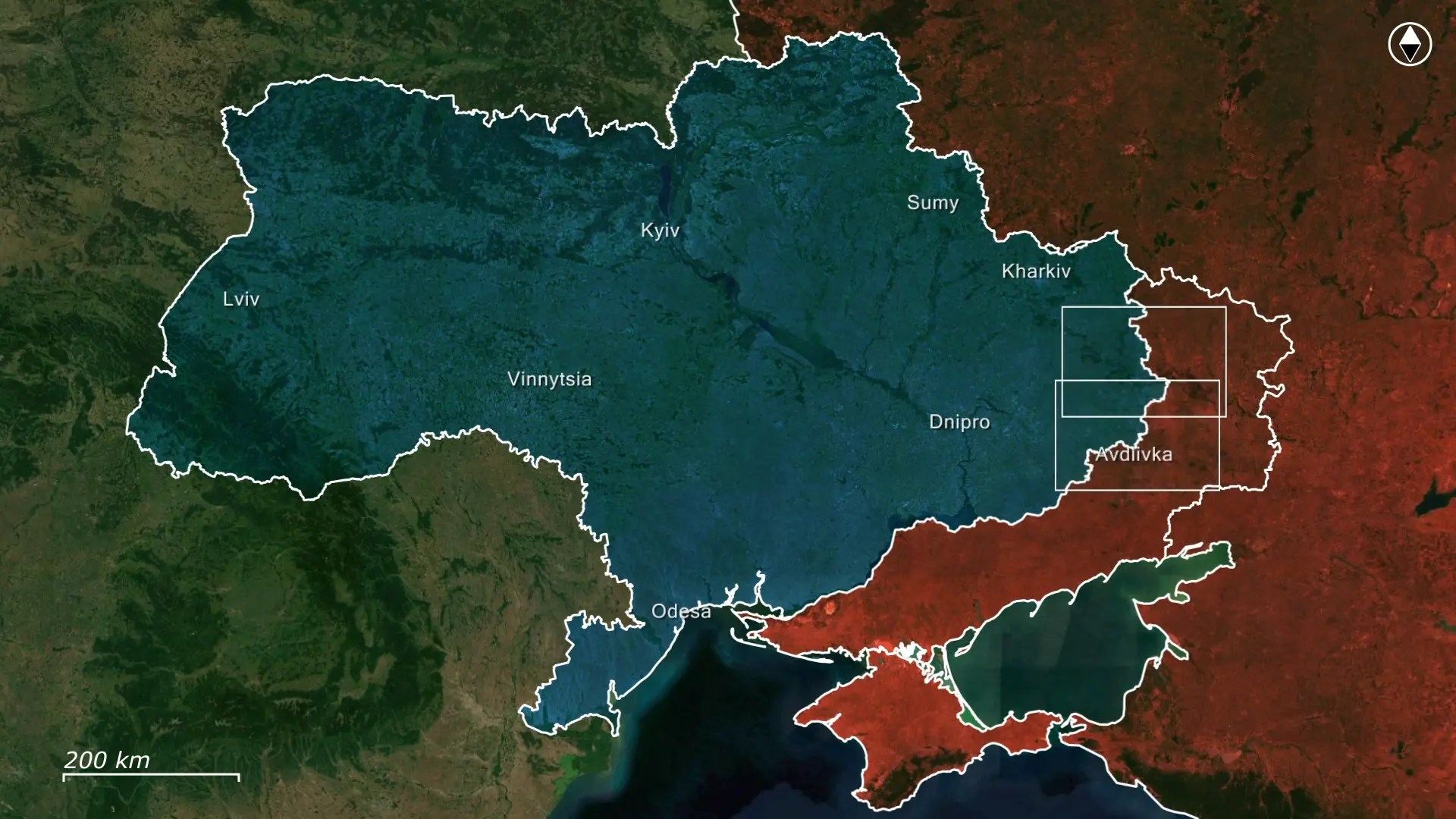Today, we will cover the latest developments along the entire front line. This time, we will focus on the most important developments from Kursk, Pokrovsk, Kurakhove, and Velyka Novosilka.

Starting with the Kursk sector, Russian forces have taken an operational pause, effectively conceding defeat in Makhnovka after several failed assaults. Ukrainian drone operations and harsh winter conditions significantly hampered Russian advances, leading to a stalemate in the area. Interestingly, this stagnation coincides with reports that North Korean forces have been pulled from combat due to catastrophic casualties. The removal of these mass infantry waves, coupled with the apparent depletion of Russian forces, suggests that Russian commanders lack the manpower to sustain offensive operations in the region.


In summary, the Russians have temporarily conceded defeat in several sectors of the Kursk front, abandoning their infiltration attempts toward several crucial strong points. This Russian operational pause may provide Ukrainians with an opportunity to launch a counteroffensive and further fortify their positions.

Switching to the battle for Pokrovsk, Russian troops continue to struggle to expand their offensives on the flanks of Pokrovsk city, attempting to avoid a costly urban battle for the city. On the western flank, in Udachne and Kotlyne, Ukrainian forces are holding firm, and intense clashes are ongoing for the settlements, with Russian infantry groups attempting to push forward. However, their lack of armored support and the open terrain make mass assaults nearly impossible. As a result, Russians are limited to small infantry groups attempting to evade Ukrainian drone surveillance. These groups, however, lack the firepower to achieve breakthroughs and are being systematically wiped out, leading to high Russian casualties and even less progress than with the North Korean mass assaults in Kursk.



On the eastern flank, Russian forces are attempting to expand their bridgehead around Baranivka and Vozdvyzhenka, aiming to create the conditions for an eventual encirclement of Pokrovsk from the east. While Russian troops are still pressing forward, Ukrainian defenses remain active, disrupting the advance by conducting constant surveillance, exploiting the terrain features, and actively engaging the enemy.

In summary, with direct Russian assaults on Pokrovsk itself currently paused, the focus has instead shifted to the flanks, where Russian forces aim to cut off Ukrainian defenses and encircle them, but without any success for the moment. The lack of Russian progress in this direction gives Ukrainians ample time to fortify the city further and prepare additional defenses to create an in-depth defense in and around Pokrovsk.


In Kurakhove, Russian forces have been attempting a pincer maneuver to encircle Ukrainian positions in the settlements west of the city. However, their attempt to advance through Dachne has been largely unsuccessful, forcing them to reconsider their approach. Reports indicate that they are now looking for alternative routes to shift the balance in their favor.

A significant development in this sector is the appointment of a new Ukrainian commander responsible for the defense. Unlike previous strategies that relied on holding positions at all costs, he is expected to execute tactical withdrawals if necessary, preserving Ukrainian forces rather than risking encirclement.

In summary, Ukrainian troops are engaging in active defensive operations on the flanks, using a delaying strategy to slow down Russian advances while inflicting maximum casualties. This approach denies Russian forces the opportunity to complete their encirclement while ensuring Ukraine maintains flexibility on the battlefield.


In the direction of Velyka Novosilka, after withdrawing from the settlement, Ukrainian forces maintain control over the high ground north of it, using superior logistics, precise artillery, and drone strikes to dismantle Russian assault groups before they can consolidate in the town. Russian forces, trapped in the lowlands with predictable movement routes, suffer devastating losses as Ukrainian firepower is unleashed on them.
In summary, this effective attrition strategy ensures that while Russia bleeds manpower and equipment to consolidate control, Ukrainians hold their positions and keep the frontline stable.

Overall, in Kursk, Russian forces are showing signs of exhaustion, with their offensive effectively stalling, while in Pokrovsk and Kurakhove, their attempts to flank and encircle Ukrainian positions are running into significant resistance. The reliance on small infantry assaults, lack of armor support, and high casualties suggest that Russian offensive capabilities are weakening. Meanwhile, Ukraine’s defensive strategies, use of drones, and tactical flexibility are proving highly effective in grinding down the enemy and preventing further breakthroughs west of Velyka Novosilka.











.jpg)








Comments